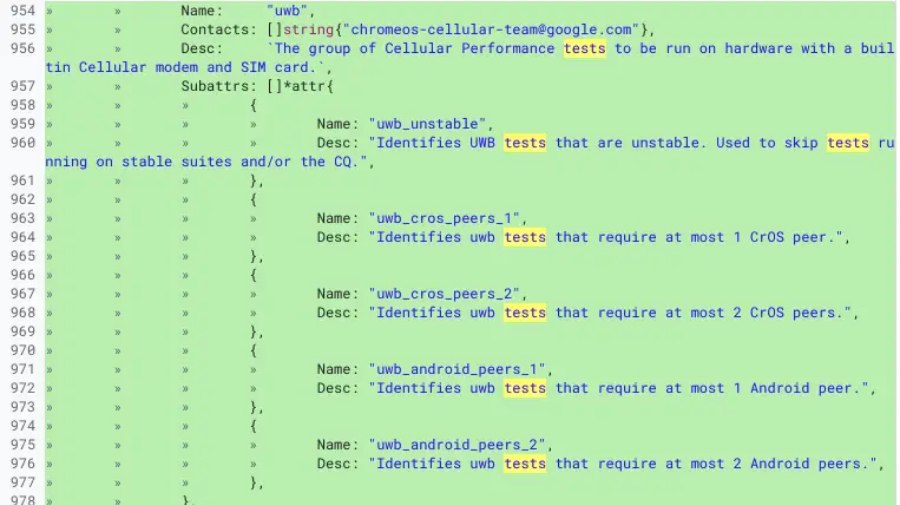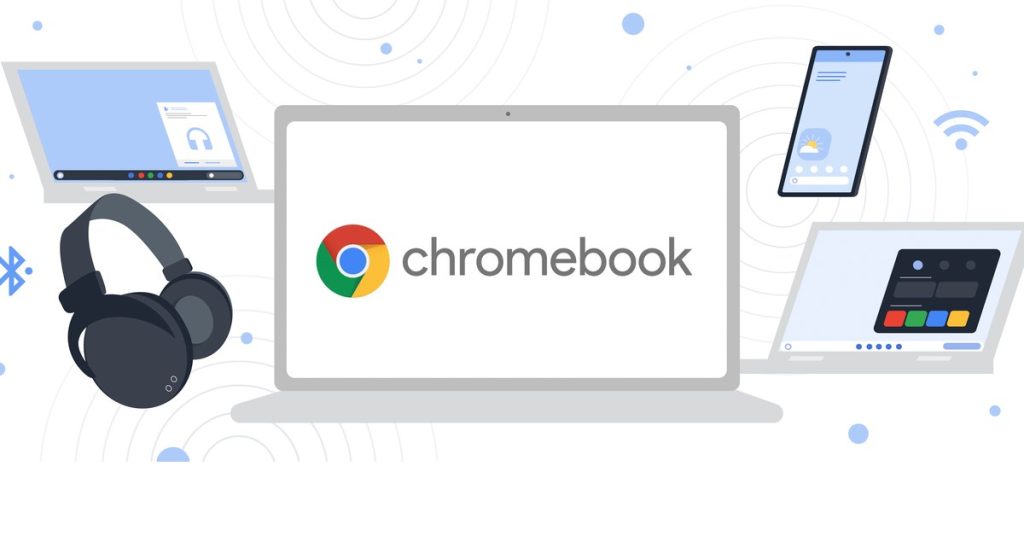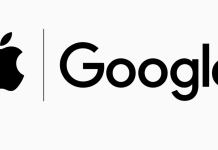Wi-Fi and Bluetooth have been the go-to wireless technologies for connecting devices for a long time. But ultra-wideband (UWB) is emerging as the next big thing, promising high-speed data transfer. Google is now exploring the potential of ultra-wideband (UWB) for Chromebooks, with a focus on use cases such as connecting Chromebooks to each other, to phones, and to multiple devices at once.
Chrome Unboxed recently uncovered the details about UWB on Chromebooks. They came across mentions of UWB (Ultra-Wideband) in Chromium Gerrit, a tool that developers use to discuss and review changes to source code.

In particular, Google is in the process of experimenting with UWB for various purposes on Chromebooks. These experiments involve trying out connections between Chromebooks, connections between Chromebooks and phones, and even connections involving multiple users, going beyond just one-on-one links.
Ultra-wideband for Chromebooks is still in the testing phase, so it could be a while before we see them on a ChromeOS device. However, the potential applications of UWB on Chromebooks are exciting.

If you’re not familiar with UWB (ultra-wideband), it is a short-range wireless communication technology that is energy-efficient, versatile, and cost-effective. It can transfer data quickly, up to 675Mbps, and allows for highly accurate location tracking down to the centimeter. This is why Apple AirTags use UWB to reliably track your lost items.
Ultra-wideband technology in a Chromebook could open up new possibilities for connections. As the blog points out, it could make wireless extended displays a reality. This would be a major improvement, as it would eliminate the need for cables and make it easier to set up and use multiple displays.
Related:
- Google’s plan for gaming Chromebooks with Nvidia GPU is no more
- Google now lets you self-repair your Pixel 7a
- Google Chrome will now summarize articles for Android and iOS users
- Gmail now lets you translate emails on mobile: Here’s how to use it
- Google Pixel 8 leaked teaser unveils “Magic Audio Eraser” for Noise-Free Videos
- Foldable Phones May Be Required To Comply With Google’s Specific Hardware Requirements






